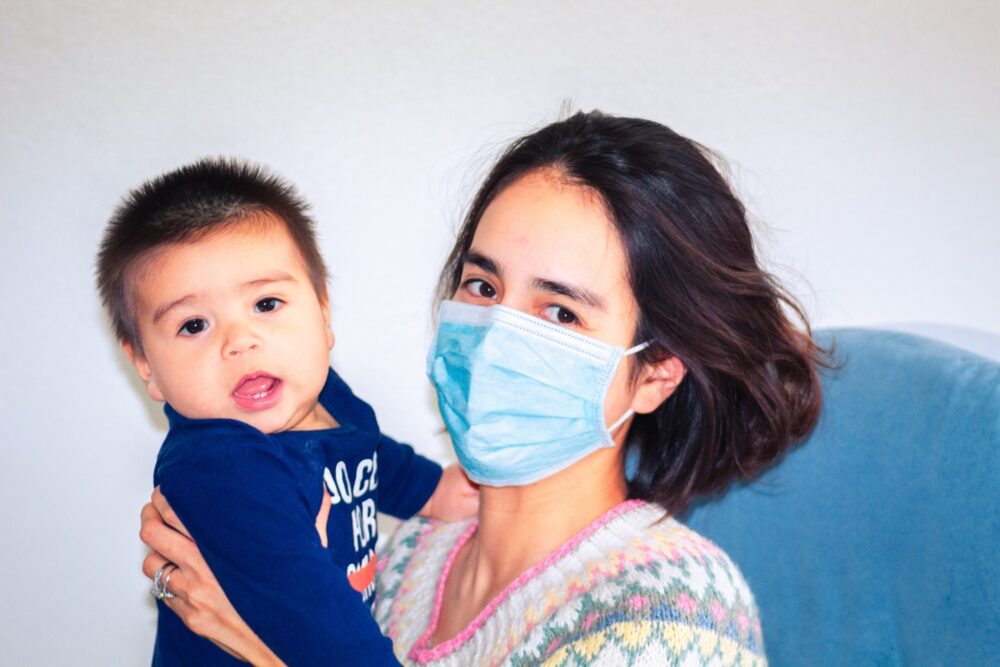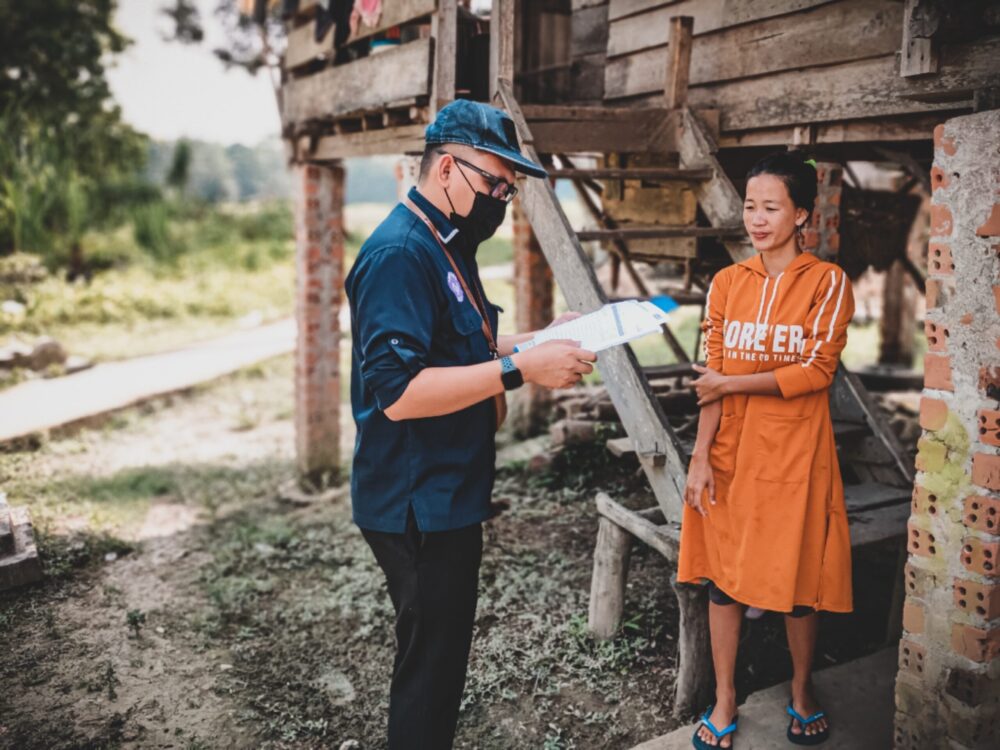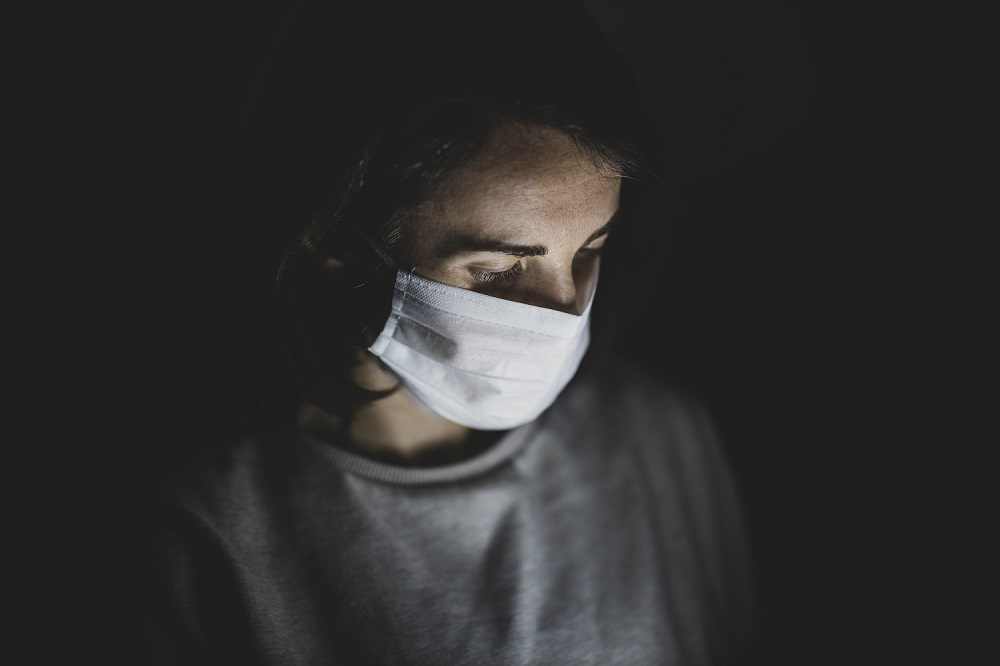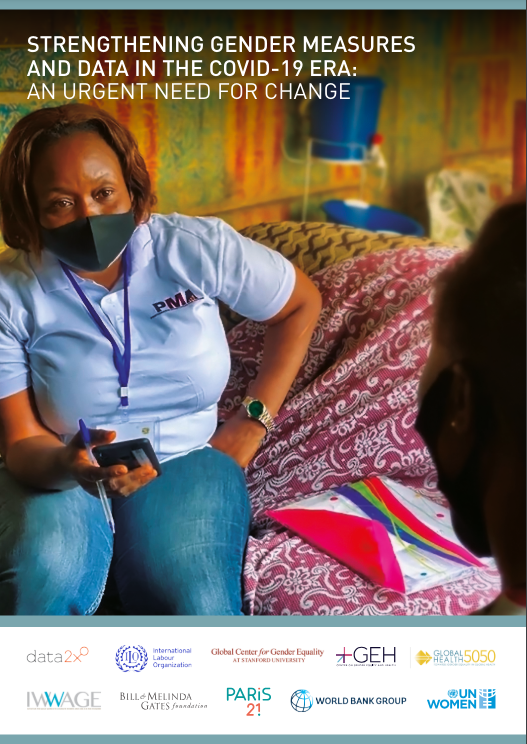
Measuring labour migration in ASEAN: Analysis from the ILO’s International Labour Migration Statistics (ILMS) Database
This report presents the latest statistics on international labour migration in ASEAN Member States, providing a comprehensive picture of the demographic profiles and work-characteristics of migrant workers in the labour markets of ASEAN countries of destination, as well as the flows of labour migration to and from the ASEAN region.
